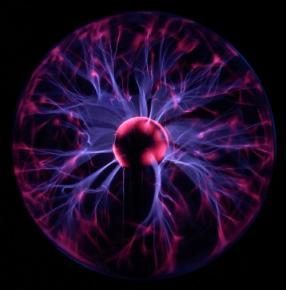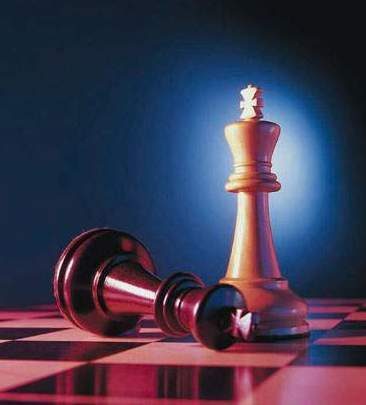 We call electric current to that physical magnitude that tells us the amount of electricity that runs through a conductor, during a given unit of time. The aforementioned flow of electrical intensity, in accordance with the provisions of the International System of Units, which is the system that in this sense most of the countries of the planet adopt, is measured in what is called amps.
We call electric current to that physical magnitude that tells us the amount of electricity that runs through a conductor, during a given unit of time. The aforementioned flow of electrical intensity, in accordance with the provisions of the International System of Units, which is the system that in this sense most of the countries of the planet adopt, is measured in what is called amps.
For example, the electric current is the consequence of the movement of the electrons that have been arranged inside the material in question. Meanwhile, due to this movement of charges that it causes, it is common for the electric current to trigger what is known as magnetic field.
There is a widely used instrument from which an electric current can be measured and it is the galvanometer. It generates a deformation regarding the rotation of the needle when it detects the presence of electric current in its coil. It should be noted that the coil is rectangular in shape and it is through it that the current to be measured will flow; In addition, it is suspended in a magnetic field linked to a magnet, then, this will cause the angle of rotation of the coil to be proportional to the current that will flow through it.
When the instrument just mentioned is calibrated in amps is known as ammeterIn other words, it is a traditional galvanometer, but it is calibrated in the unit of electric current intensity of amperes.
Then, the ampere, symbolized from the capital letter A, is the unit of intensity of constant electric current. It was decided to call it that way in homage to the French physicist, André-Marie Ampère, for his notable contributions in this matter.
Until the 18th century, electricity was only available through induction or friction, while the experiments of the Italian physicist Alessandro Volta allowed to obtain a constant load movement.
It should be noted that we can also find two other types of current, alternating current and direct current.
The first is characterized by being an electric current in which both the magnitude and the direction will oscillate in a cyclical way, and by the way it turns out to be the best known to us because it is the way in which electricity enters our homes or jobs.
And on the other hand, the continuous current is the type of electric current that will not modify its sense, even with the passage of time, and always flows in the same direction.









